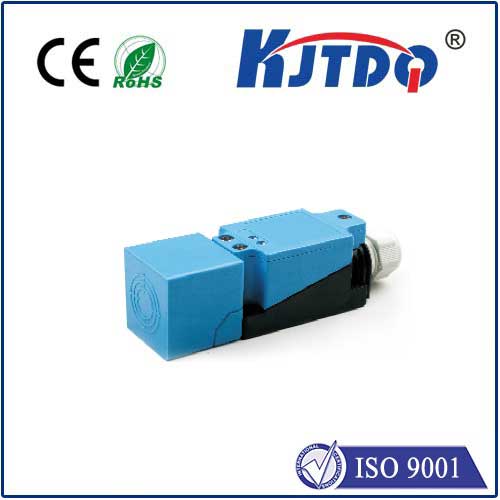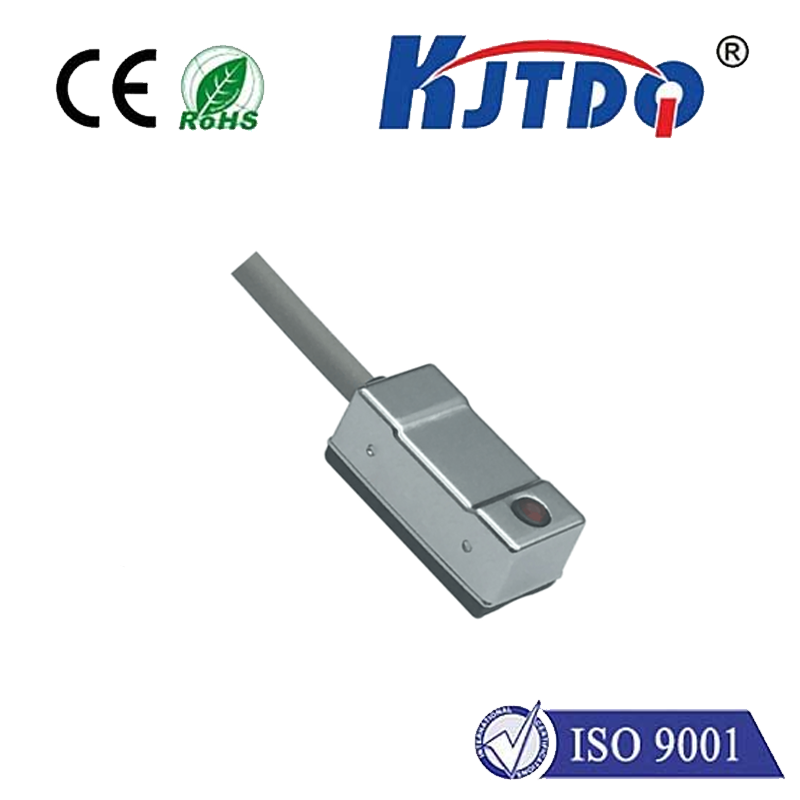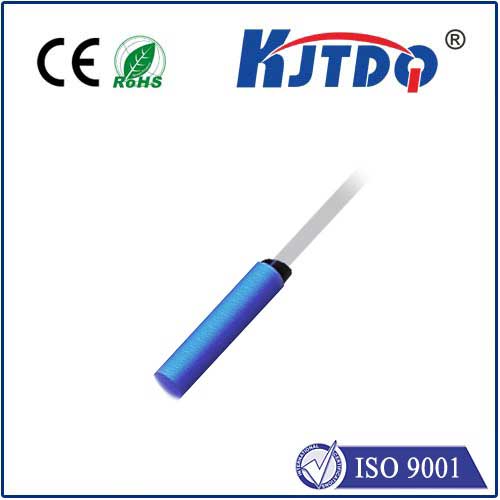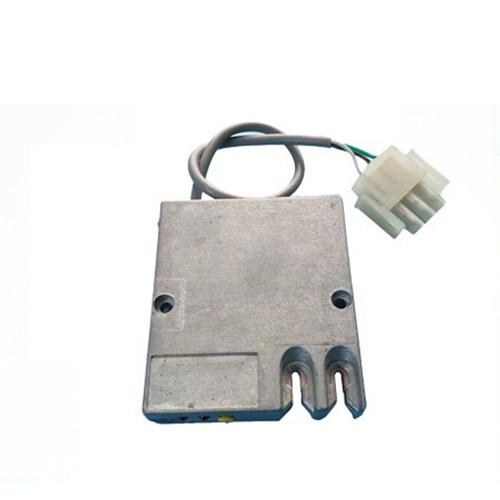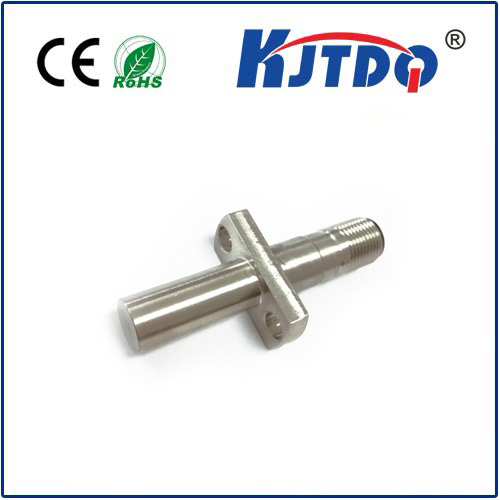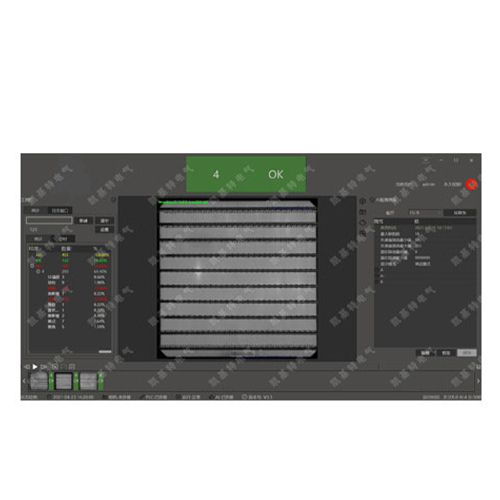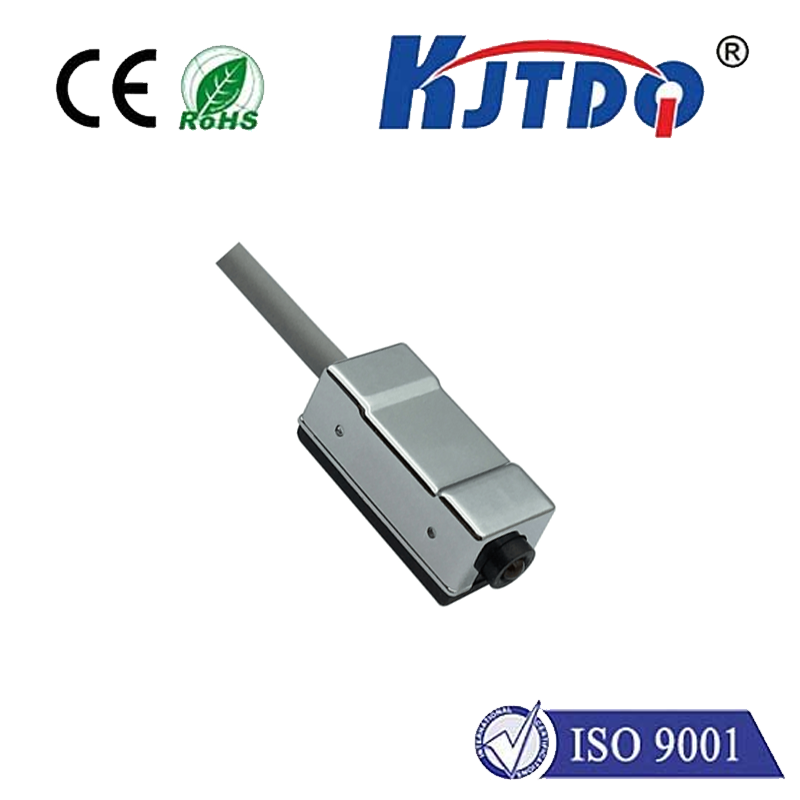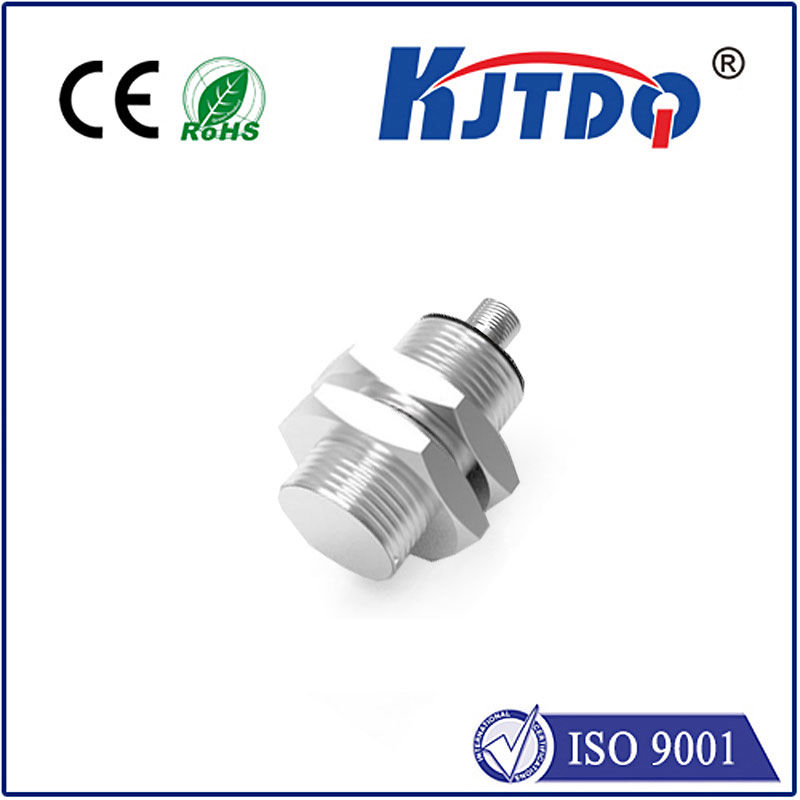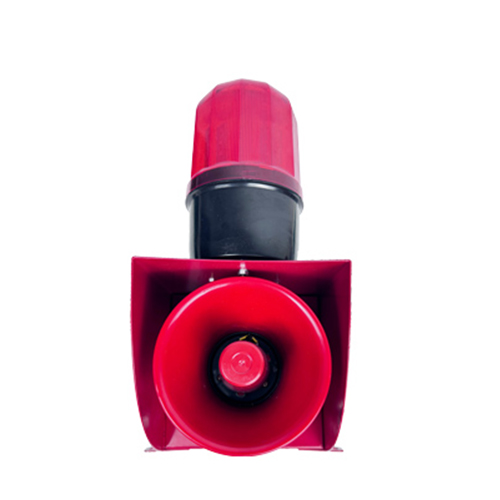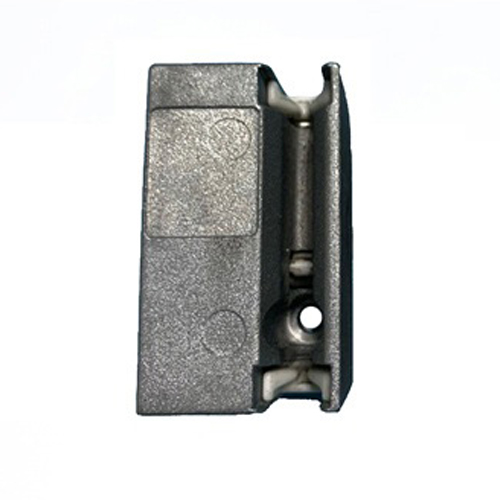

check

check

check

check

check

check

check

check

check

check

Title: The Inductive Distance Sensor: Revolutionizing Industrial Automation The industrial world is continuously evolving, with automation playing a crucial role in enhancing efficiency and productivity. One of the key components that have significantly contributed to this transformation is the inductive distance sensor. This article delves into the workings, applications, and significance of the inductive distance sensor in the realm of industrial automation. Understanding the Basics of Inductive Distance Sensors Inductive distance sensors, also known as proximity sensors or inductive sensors, are devices that use electromagnetic fields to detect metal objects without any physical contact. They consist of an oscillator that generates an alternating electromagnetic field. When a metal object comes close to the sensor, it disrupts the field, which is then detected by the sensor’s circuitry. The distance between the sensor and the object can be measured based on the strength and phase shift of this disruption. The Unmatched Accuracy and Reliability One of the primary attributes that make inductive distance sensors indispensable in industrial settings is their unmatched accuracy and reliability. These sensors can measure distances with precision up to millimeters, making them ideal for various applications such as position measurement, part counting, speed monitoring, and more. Furthermore, their non-contact nature eliminates wear and tear, ensuring long-term operational reliability. Versatility in Applications The versatility of inductive distance sensors is another factor contributing to their widespread adoption. They are used across numerous industries, including automotive, food processing, packaging, and pharmaceuticals. In manufacturing lines, these sensors ensure precise movements and operations, leading to increased production rates and reduced downtime. Additionally, they play a critical role in safety systems by detecting the presence of personnel or equipment within potentially hazardous zones. Advancements and Innovations Technological advancements have further enhanced the capabilities of inductive distance sensors. Modern sensors now come with features like digital outputs, adjustable sensitivity, and the ability to function in harsh environmental conditions such as extreme temperatures, dust, and humidity. These innovations have expanded their applicability and effectiveness in diverse scenarios. Conclusion In conclusion, the inductive distance sensor has rightfully earned its place as an essential tool in industrial automation. Its ability to provide accurate, reliable, and versatile performance makes it an indispensable component in modern manufacturing processes. As technology continues to advance, we can expect even more sophisticated versions of these sensors to emerge, further revolutionizing the way industries operate and thrive.
